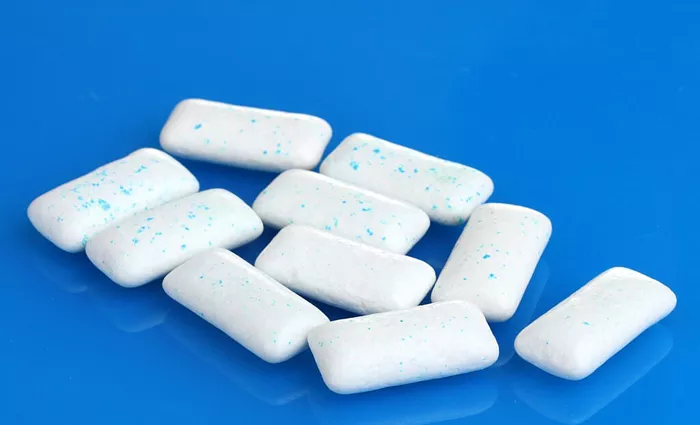A recent study reveals that chewing gum may release hundreds, even thousands, of microplastics into your mouth. These tiny plastic particles have been linked to health problems, including inflammation, DNA damage, and increased risks of heart disease. While the exposure from gum is low, experts recommend limiting gum consumption.
The study, presented at the American Chemical Society’s spring meeting, tested 10 types of chewing gum—both natural and synthetic. Surprisingly, both types released similar amounts of microplastics. Researchers found that one gram of gum could release up to 637 microplastics, with an average of 100 per piece.
Microplastics are tiny plastic particles that do not break down. They can accumulate in the body and affect organs, though the full impact on health is still being studied.
Though microplastics from gum are less concerning than other sources, experts still advise caution. Chewing gum for a shorter time may reduce exposure, and proper disposal of gum helps prevent environmental pollution.
In conclusion, while chewing gum is not the biggest source of microplastics, reducing overall plastic use is still a good idea for better health and the environment.
Related topics:
- Beyond Milk: 16 Calcium-Rich Foods You Should Try
- Heart Attack Fatalities In Marathons Decline, Study Shows
- Your Daily Coffee Break Might Be Raising Your Cholesterol Levels


